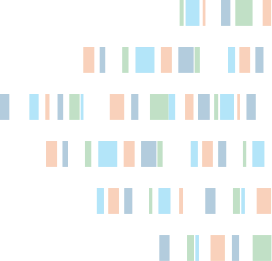Genetic adaptation refers to changes in a population’s traits that enhance survival in its current environment. As environmental conditions fluctuate, allele frequencies vary, leading to genetic diversity and different phenotypes within the same species. The cooperatively breeding common mole-rats (Cryptomys hottentotus hottentotus) in South Africa serve as an example, as they inhabit areas with varying aridity. By examining mitochondrial genes and a large number of SNP loci, researchers explored the genetic diversity, population structure, and phylogenetic relationships among five mole-rat populations across this gradient. Findings revealed distinct genetic clusters for arid and semi-arid populations compared to mesic ones, with increased genetic diversity and gene flow in arid regions. The study highlighted that environmental isolation, rather than geographical distance, better explains the genetic differences observed. Further research could uncover specific genetic adaptations related to environmental factors, providing insights into how these mole-rats might respond to climate change.

Home » Patterns of Genetic Diversity and Gene Flow Associated With an Aridity Gradient in Populations of Common Mole-rats, Cryptomys hottentotus hottentotus
Publications
Patterns of Genetic Diversity and Gene Flow Associated With an Aridity Gradient in Populations of Common Mole-rats, Cryptomys hottentotus hottentotus
myBaits
Daicel Arbor Biosciences
5840 Interface Dr. Suite 101,
Ann Arbor, MI 48103
1.734.998.0751Ann Arbor, MI 48103
©2025 Biodiscovery LLC
(d/b/a Daicel Arbor Biosciences)
All Rights Reserved.
(d/b/a Daicel Arbor Biosciences)
All Rights Reserved.

 Bluesky
Bluesky